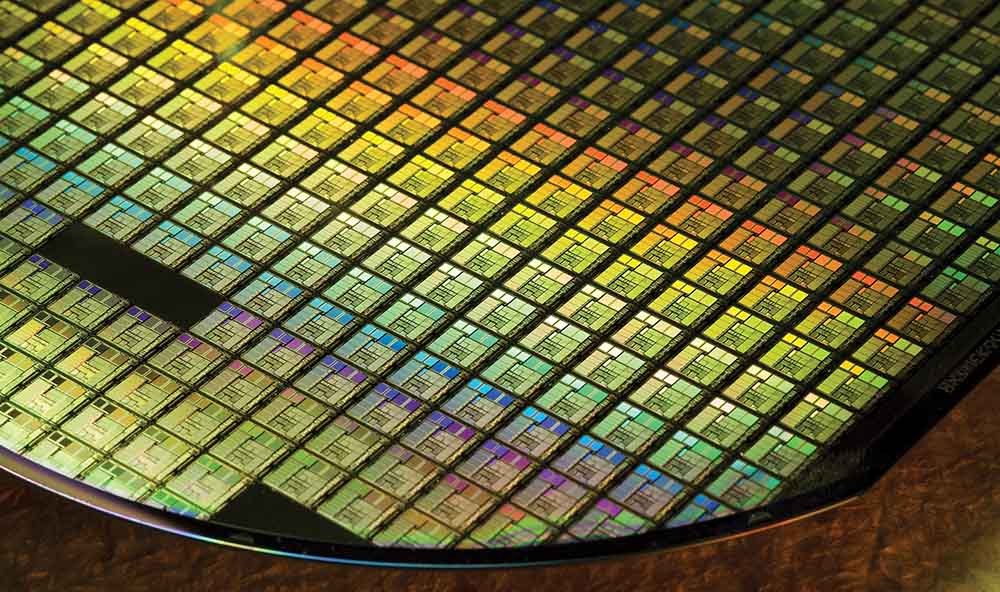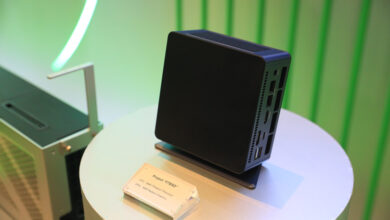Huawei Submits a Patent for EUV Scanner Hinting 7nm Manufacturing

According to UDN, Huawei has submitted a patent application for an extreme ultraviolet (EUV) lithography scanner. Chinese chipmakers might fabricate semiconductors using sub-7nm-class technology if the business develops a scanner like this and achieves respectable productivity, uptime, and yields. The only issue is when.
Huawei submitted a request for a patent on a EUV scanner and its essential parts to the State Intellectual Property Office in the middle of November. According to MyDrivers, the patent application number is 202110524685X. According to descriptions provided by several media outlets, the patent application seems to include every essential part of a EUV scanner, including a 13.5 nm EUV light generator (light source), a set of reflecting mirrors, the lithography system, and “control management technologies“.
The ability to construct a EUV scanner, a very complicated equipment with several cutting-edge components that must operate flawlessly together and for extended periods of time, is not equivalent to being able to file a patent. Furthermore, chipmakers still need to determine the appropriate pellicles for masks, resists, and many other things required for high-volume manufacturing even when they have access to EUV equipment.
EUV Equipment is Limited to Tech Companies Due to its Complex Operation
Many businesses tried to create this tool, but only ASML was successful after more than 10 years of work and with funding from Intel, Samsung, and TSMC. Currently, ASML’s EUV tools are actively used by Samsung, SK Hynix, and TSMC; however, Intel has not yet begun utilizing these tools for high-volume chip fabrication. The only companies that now utilise or intend to employ EUV scanners are Intel, Micron, Samsung, SK Hynix, and TSMC. Additionally, only these five businesses have created (or intend to create) process technology advanced enough to benefit from EUV scanners.
With an estimated $100 billion in yearly sales, Huawei is a top-tier high-tech company that pursues many objectives and creates a wide range of technologies. The company’s goals for semiconductor manufacturing are widely known, and they include not just making chips but also developing wafer fabrication machinery.





